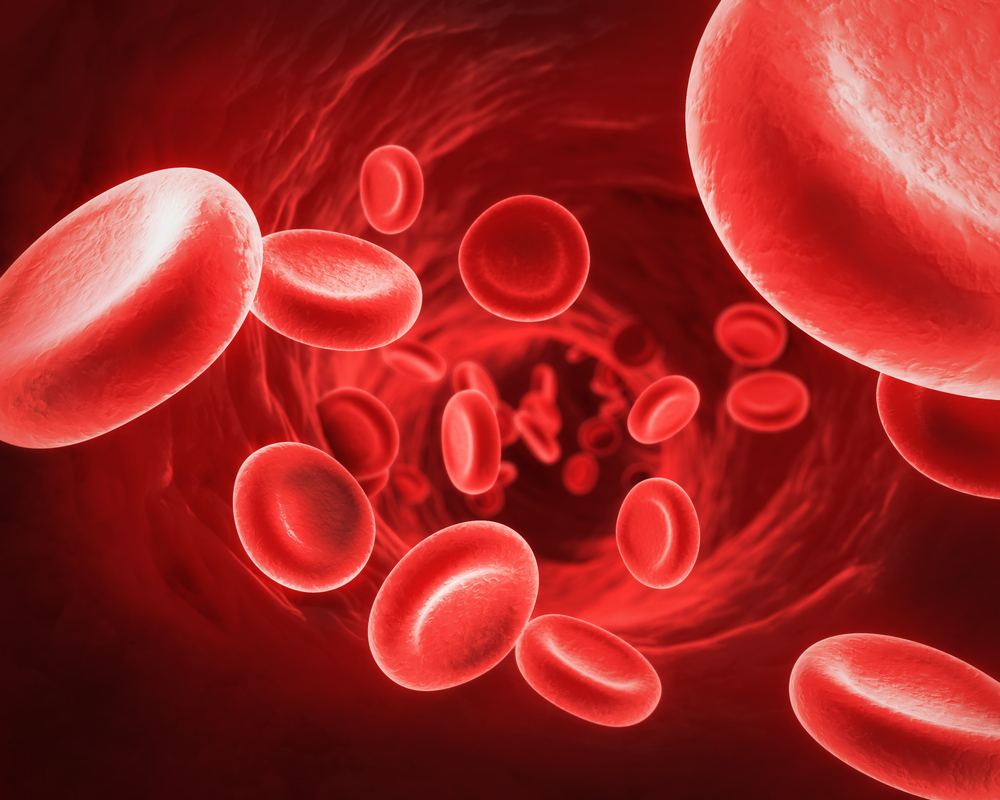Autoimmune Hemolytic Anemia in Sarcoidosis Patient Successfully Treated with Rituxan, CellCept Combo
Written by |

Patients with sarcoidosis may develop a condition known as autoimmune hemolytic anemia, in which the red blood cells are prematurely destroyed by the immune system. Although this is not well documented, researchers at Warwick Hospital in England have reported the case of a patient who exhibited both illnesses.
Their study, “Steroid Refractory Autoimmune Haemolytic Anaemia Secondary to Sarcoidosis Successfully Treated with Rituximab and Mycophenolate Mofetil,” published in the journal Case Reports of Hematology, shows that these patients may be effectively treated with B-cell depletion therapies such as Rituxan (rituximab) and CellCept (mycophenolate mofetil).
Autoimmune hemolytic anemia is a condition that develops in 3 out of 100,000 people per year, and it is associated with poor outcomes. It is characterized by the production of antibodies that target proteins in the red blood cells, resulting in their premature degradation with the development of severe anemia. These patients often require blood transfusions; however, these can be problematic because the donor red blood cells are consumed rapidly and are difficult to match to the patient’s blood type.
Although its symptoms are not well-recognized in sarcoidosis patients, the authors of the study report the case of a 30-year-old women who had both diseases.
The patient had a two-day history of progressive dizziness, shortness of breath, jaundice, and abdominal pain. Clinical observation revealed lymphadenopathy, a common symptom of sarcoidosis, and splenomegaly, or enlarged spleen. Further analysis also revealed severe hemolytic anemia.
The patient received blood transfusions to treat her severe anemia, and then started on immunosuppressive steroid treatment with high-dose Prelone (prednisolone), which was reduced after two weeks when hemolysis (red blood cell destruction) was no longer observed and the patient did not require more blood transfusions.
The hemolysis recurred after four weeks and the patient was started on Rituxan and Imuran (azathioprine), but Imuran caused severe side effects and was replaced by CellCept. The patient responded well to the therapy, showing decreased lymphadenopathy and splenomegaly after three months on CellCept and Rituxan therapy, which allowed clinicians to reduce the dose of steroids that were being administered.
Although more studies are required to understand the relationship between these diseases, researchers believe that the same subsets of immune cells are involved in the development of both sarcoidosis and hemolytic anemia, which may explain why some patients get both illnesses at the same time.
This means that therapeutic agents such as Rituxan, which target the immune cells known to be involved in both diseases, are promising approaches for the treatment of these patients. But given that Rituxan often takes 8 to 16 weeks to induce a clinical response, other agents that inhibit the proliferation of immune cells, such as CellCept, may be used in combination with Rituxan to help reduce the dose of steroids in a timely manner.
The authors caution, however, that “effective treatment of autoimmune hemolysis in sarcoid patients is dependent on a better understanding of the pathophysiological link between sarcoidosis and hemolytic anaemia.”





